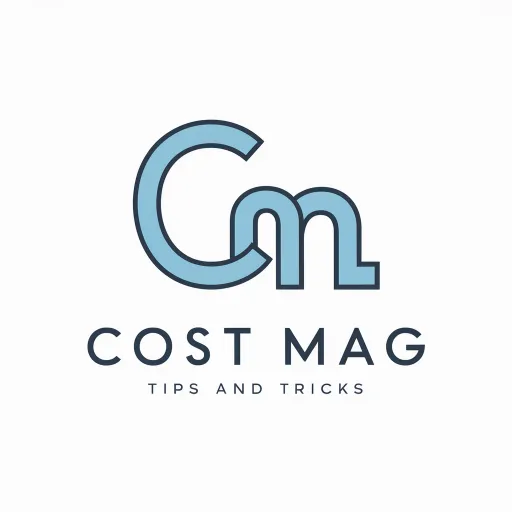If you’ve ever wondered about the convenience and cost of having an ATM machine, the question on your mind might be, How much does an ATM machine cost? ATM machines have become an integral part of our daily lives, offering easy access to cash and financial transactions. Whether you’re a business owner looking to provide this service to your customers or an individual considering the benefits of having a personal ATM, understanding the expenses involved is crucial. In this article, we will explore the factors that influence the cost of an ATM machine, helping you make an informed decision about this valuable addition to your financial landscape.
The Role of ATM Machines in Modern Banking
In today’s fast-paced world of finance, Automated Teller Machines, or ATMs, play a vital role in the realm of modern banking. These ubiquitous devices have become an integral part of our daily lives, offering a convenient and efficient way for people to access their funds, make transactions, and manage their financial affairs.
ATMs have revolutionized the way we interact with our banks. They provide customers with 24/7 access to essential banking services, making it possible to withdraw cash, check balances, transfer funds, and even deposit money, all outside of traditional banking hours. The accessibility and convenience they offer have not only transformed the way we conduct our financial transactions but have also significantly reduced the need for frequent visits to brick-and-mortar bank branches.
The Significance of Understanding ATM Machine Costs
While ATMs have undoubtedly changed the landscape of modern banking, it’s equally important to recognize the financial implications of deploying and maintaining these machines. Understanding the costs associated with ATM machines is crucial for banks, business owners, and consumers alike.
For banks and financial institutions, the decision to invest in ATMs requires a comprehensive understanding of the associated expenses, as these costs directly impact their bottom line. Properly assessing the costs enables them to make informed choices about the type of machines to deploy, where to place them, and the potential return on investment.
Business owners considering the installation of an ATM on their premises must also be aware of the financial commitments involved. Recognizing the costs involved in purchasing, leasing, maintaining, and operating an ATM can help them determine whether this investment aligns with their business goals and profitability.
For consumers, knowing about ATM machine costs can influence decisions about which ATMs to use, especially when it comes to transaction fees. Understanding these costs can help individuals make cost-effective choices when accessing their funds and conducting financial transactions.
In this blog post, we will delve into the intricacies of ATM machine costs, offering you a comprehensive guide to better grasp the financial aspects of this integral part of modern banking.
Factors Influencing ATM Machine Costs

When you’re exploring the world of ATM machine costs, it’s important to consider several key factors that can affect your investment. Let’s break these down:
Machine Type and Functionality
- Basic vs. Advanced ATM Models: The first decision to make is whether to go for a basic or advanced ATM model. Basic models are more cost-effective but may lack certain features, while advanced models come with a range of services and functionalities. Your choice here can significantly impact the cost of the ATM.
- Additional Features and Services: Beyond the basics, you’ll need to decide on additional features and services, such as check deposit capability, bill payment options, or even mobile integration. Each added feature can increase the overall cost but may also enhance the ATM’s utility for your users.
Purchase vs. Lease Options
When it comes to acquiring an ATM, you have two primary choices – purchasing or leasing. Both options have their own set of advantages and drawbacks:
- Pros and Cons of Buying an ATM: Purchasing an ATM means you own the machine outright. It can be a more substantial upfront investment, but you won’t have ongoing lease payments. This option may be suitable for long-term ATM operators.
- Pros and Cons of Leasing an ATM: Leasing allows you to acquire an ATM without a hefty upfront cost, making it more accessible for many businesses. However, leasing typically involves monthly payments, which can add up over time. It’s essential to weigh the convenience against the long-term costs.
Location and Placement
The location and placement of your ATM play a pivotal role in determining costs:
- On-Site vs. Off-Site ATMs: On-site ATMs, located within your business premises, might incur lower operational costs and be more secure. In contrast, off-site ATMs, placed in other establishments or public spaces, may require rental fees or revenue-sharing agreements, which can impact your overall expenses.
- High-Traffic vs. Low-Traffic Locations: The location’s foot traffic is another critical factor. High-traffic areas may lead to higher transaction volumes, potentially recouping costs faster. On the other hand, low-traffic areas might take longer to generate revenue, affecting the overall ROI of your ATM investment.
Considering these factors and understanding your specific business needs will guide you in making an informed decision about the costs associated with ATM machines.
Cost Breakdown
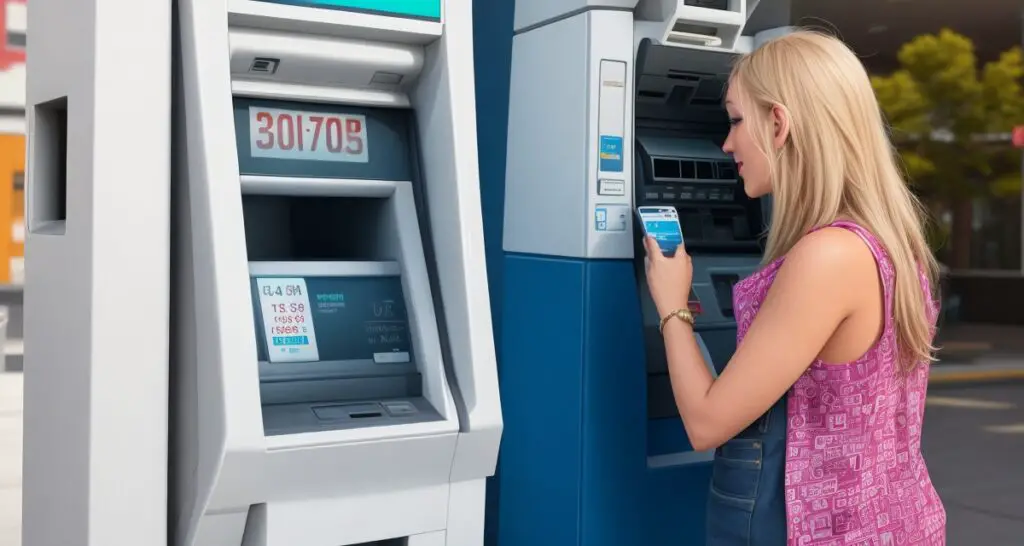
Initial Setup Costs
- Machine Price:
- When you’re considering the cost of an ATM machine, the initial purchase price is a significant factor. It’s the upfront amount you’ll pay to acquire the ATM hardware. Prices can vary depending on the type and features of the machine.
- Installation and Setup Fees
- : Along with the machine price, there are additional expenses associated with getting your ATM up and running. This includes the cost of installing the machine at your chosen location, setting it up to work with your network, and ensuring it complies with all regulations.
Ongoing Expenses
- Maintenance and Repairs: ATM machines require regular maintenance to ensure they function smoothly. This includes routine check-ups and occasional repairs. Understanding the ongoing maintenance costs is essential to keep your ATM operational.
- Connectivity and Communication Costs: For your ATM to process transactions, it needs to be connected to a network. You’ll need to consider the costs associated with internet or phone line connectivity, which enables the ATM to communicate with your bank or transaction processor.
- Cash Replenishment Expenses: ATMs need to be stocked with cash to dispense to customers. This involves regular cash replenishment, and the cost depends on factors like the location’s demand for cash and the frequency of replenishment.
- Transaction Processing Fees: Every time a customer makes a withdrawal or a balance inquiry, there are associated transaction processing fees. Understanding these costs is crucial, as they can impact your overall expenses.
- Security Costs: Ensuring the safety and security of your ATM and the transactions it handles is paramount. Security measures, such as surveillance cameras and anti-skimming devices, come with their own set of expenses.
Managing these initial setup costs and ongoing expenses is essential to accurately estimate the total cost of owning and operating an ATM machine. It’s important to factor in all these components to make informed decisions about investing in an ATM.
Pricing Range for ATM Machines
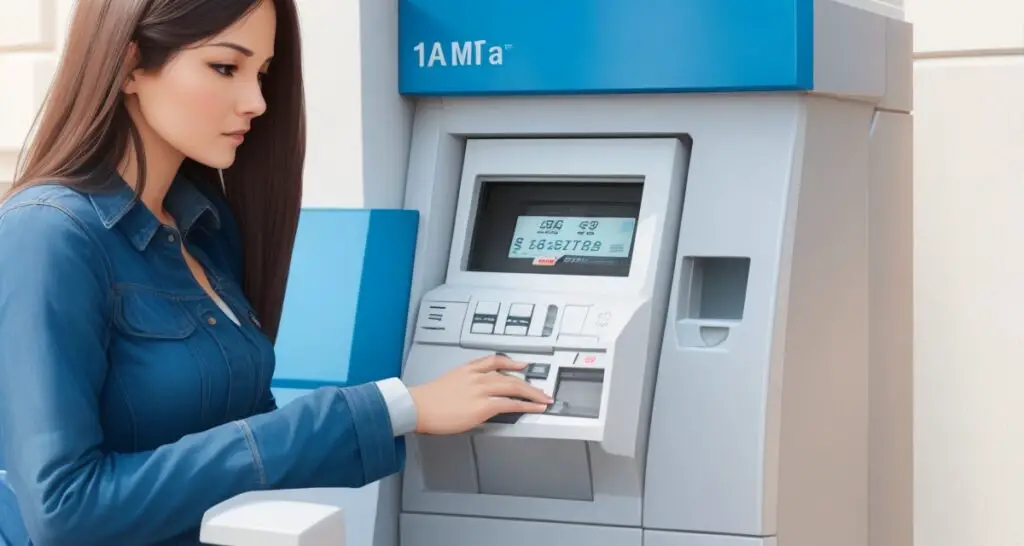
When it comes to ATM machines, there’s a wide range of options to choose from, each with varying costs. Let’s break it down in a friendly way:
Entry-Level ATM Costs:
- Entry-level ATMs are your budget-friendly options. These machines typically have basic features, making them a great choice for those looking to keep initial costs in check. They might not have all the bells and whistles, but they get the job done reliably and efficiently.
Mid-Range ATM Costs:
- Mid-range ATMs offer a balance between features and cost. They are a bit more sophisticated than entry-level machines and can handle a higher volume of transactions. These ATMs strike a balance between affordability and functionality, making them a popular choice for many businesses.
Premium ATM Costs:
- Premium ATMs are the top-of-the-line models, often packed with advanced features and cutting-edge technology. While they come with a higher price tag, they offer the latest security measures, touchscreen interfaces, and additional services. These ATMs are a great choice for businesses looking to provide a top-notch customer experience.
The choice between entry-level, mid-range, or premium ATM costs depends on your specific needs and budget. It’s important to evaluate what features are essential for your business and weigh them against the initial investment. Remember, the key is to choose the ATM that best aligns with your business goals while staying within your financial comfort zone.
Financing Options
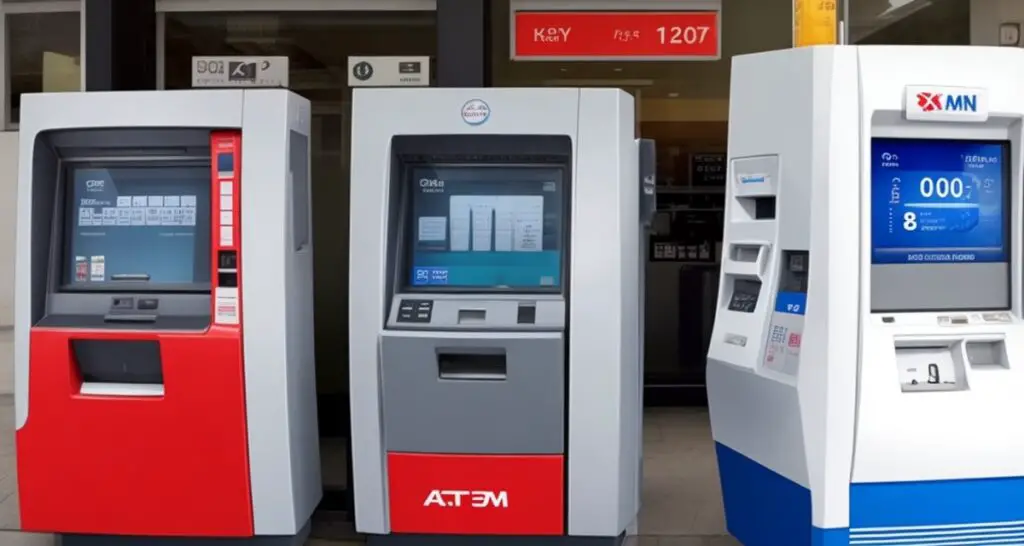
Traditional Bank Loans:
Traditional bank loans are a well-established way to secure funding for your ATM machine. You can approach your local bank or a financial institution to explore loan options. They often provide competitive interest rates and structured repayment plans. Keep in mind that you’ll need a good credit history and a solid business plan to qualify.
Equipment Leasing Companies:
Equipment leasing companies specialize in helping businesses acquire assets like ATM machines without the need for a large upfront investment. Leasing allows you to use the machine while making regular payments, which can be more budget-friendly. It’s a flexible option and can be suitable for businesses with varying financial situations.
Independent ATM Operators:
Independent ATM operators are individuals or businesses that offer ATM placement services along with financing options. They may help you obtain an ATM and install it in a strategic location, sharing a portion of the profits with the business owner. This can be an excellent choice if you want a hassle-free way to have an ATM in your establishment.
ATM Manufacturer Financing:
ATM manufacturers often offer financing programs for their machines. This option can be convenient since it’s tailored to the specific models they produce. You can explore financing plans directly through the manufacturer, potentially simplifying the process of acquiring an ATM.
Remember, when considering financing options, it’s essential to assess your unique business needs, financial situation, and long-term goals to make the right choice. Each of these options has its advantages, so you can choose the one that aligns best with your business plans.
Hidden Costs to Consider
HOW MUCH DOES AN ATM MACHINE COST?
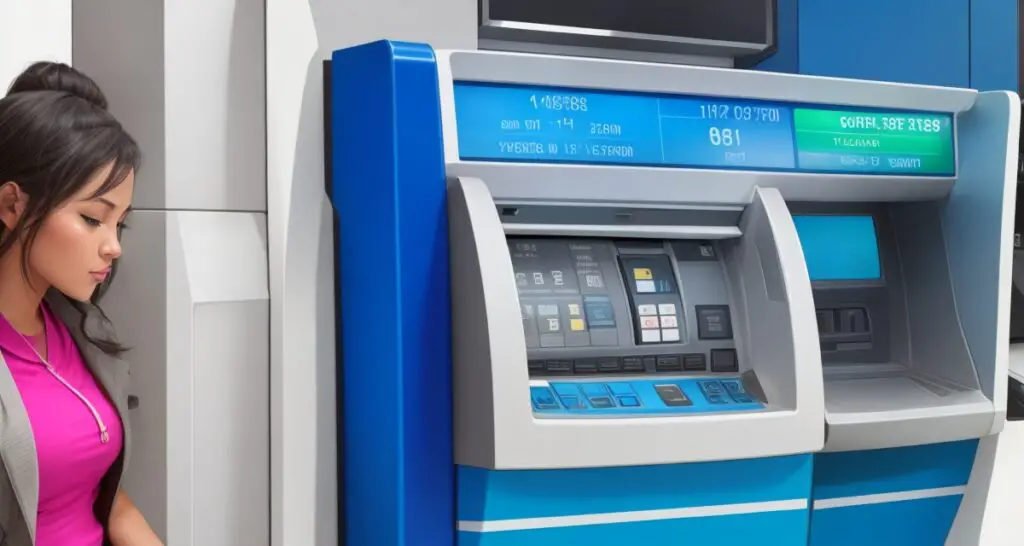
Compliance and Regulatory Expenses
When exploring the costs associated with ATM machines, it’s essential to factor in compliance and regulatory expenses. These often overlooked, but necessary, costs are essential for maintaining a lawful and smoothly operating ATM.
Compliance and regulatory expenses can include fees associated with adhering to banking and financial industry regulations. This may involve obtaining necessary permits, licenses, and adhering to security standards. These expenses ensure that your ATM operates legally and securely, reducing the risk of fines and penalties.
Insurance Costs
Another aspect to consider is insurance costs. Insurance plays a vital role in protecting your investment and mitigating potential risks. These costs encompass premiums for insuring your ATM against theft, vandalism, and other potential damages. Having comprehensive insurance coverage is not only a smart business move but also provides peace of mind.
It’s essential to evaluate various insurance options and choose the one that best suits your specific needs, taking into account the location and the environment where your ATM is placed.
Currency Conversion and Foreign Transaction Fees
If your ATM machine is located in an area frequented by international travelers or in a region with a diverse clientele, you should be aware of currency conversion and foreign transaction fees. These fees can add up over time as customers make withdrawals in different currencies.
Currency conversion fees are typically associated with the process of converting foreign currency withdrawals into the local currency. Foreign transaction fees, on the other hand, are charges that may be imposed by cardholders’ banks for using an ATM abroad.
Understanding and transparently communicating these fees to your customers is crucial to maintain trust and customer satisfaction. Additionally, this can help you assess the impact of such fees on your ATM’s profitability and adjust your pricing strategy accordingly.
By taking these hidden costs into account, you can make well-informed decisions about your ATM machine’s financial aspects and ensure a successful and sustainable operation.
Return on Investment (ROI)
Calculating Potential Revenue:
When considering the investment in an ATM machine, it’s essential to assess the potential revenue it can generate for your business. This process involves estimating the income your ATM is likely to generate through transaction surcharges. To calculate this, you’ll need to consider factors like the average number of transactions per day, the surcharge amount, and the number of days your ATM operates. This data can help you project the revenue your ATM is expected to bring in.
Estimating Payback Period:
The payback period is a crucial aspect of understanding your ATM investment. It signifies the time it takes for your initial investment to be recouped through the revenue generated by the ATM. By analyzing your potential revenue and contrasting it with your upfront costs, you can estimate how long it will take for the ATM to pay for itself. This calculation is a valuable tool for making informed financial decisions and determining the profitability of your ATM investment.
Strategies to Minimize ATM Costs
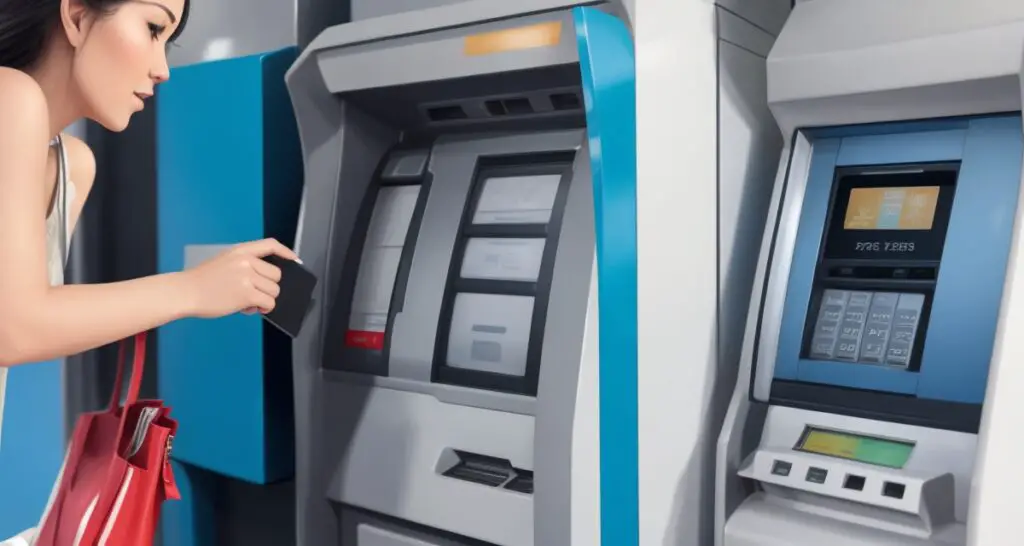
Negotiating with Suppliers
When it comes to reducing the overall costs associated with ATM machines, one effective strategy is to engage in friendly negotiations with your suppliers. By fostering positive relationships and open communication, you can often secure better deals and terms. Here are some tips for successful negotiations:
- Establish a good rapport: Building a strong, friendly relationship with your suppliers can go a long way in ensuring cooperation and flexibility.
- Seek competitive pricing: Inquire about discounts, bulk purchase options, and any ongoing promotions or offers that may help you save on initial purchase costs.
- Consider long-term contracts: Discuss the possibility of long-term contracts or agreements, which could lead to reduced rates and favorable terms.
- Explore value-added services: Suppliers may offer additional services or support, such as extended warranties or maintenance packages, which can be negotiated into your deal.
- Regularly review agreements: Stay in touch with your suppliers and revisit your agreements periodically to ensure that you’re always getting the best value for your investment.
Implementing Cost-Efficient Maintenance Practices
Keeping ATM maintenance costs in check is crucial for overall cost management. Here’s how you can implement cost-efficient maintenance practices:
- Regular upkeep: Schedule routine maintenance checks to identify and address minor issues before they become major problems.
- Train staff: Ensure that your staff is well-trained to handle basic maintenance tasks and troubleshooting, reducing the need for costly external repairs.
- Stay up-to-date: Keep your ATM software and hardware updated to prevent security vulnerabilities and improve efficiency.
- Partner with reliable service providers: If you opt for external maintenance services, work with trustworthy and cost-effective service providers who can offer competitive rates.
- Monitor performance: Regularly track the performance of your ATMs to identify any trends or patterns that can help you optimize maintenance schedules and reduce costs.
ATM Surcharge Strategies
Maximizing revenue from your ATM can offset costs. Implementing ATM surcharge strategies can help you find a balance between offering convenience to customers and generating income:
- Determine competitive surcharge rates: Research the local market to set surcharge rates that are competitive yet profitable.
- Tiered surcharging: Consider tiered surcharging where you offer lower or no surcharge for in-network ATM use and higher surcharges for out-of-network transactions.
- Surcharge-free partnerships: Collaborate with other ATM operators or networks to create surcharge-free ATM zones, attracting more customers to your machines.
- Transparent fee disclosures: Clearly communicate surcharge information to customers with friendly signage and on-screen notifications.
- Regularly review surcharge strategies: Analyze the performance of your surcharge strategies and adjust them as needed to strike the right balance between customer satisfaction and revenue generation.
Case Studies
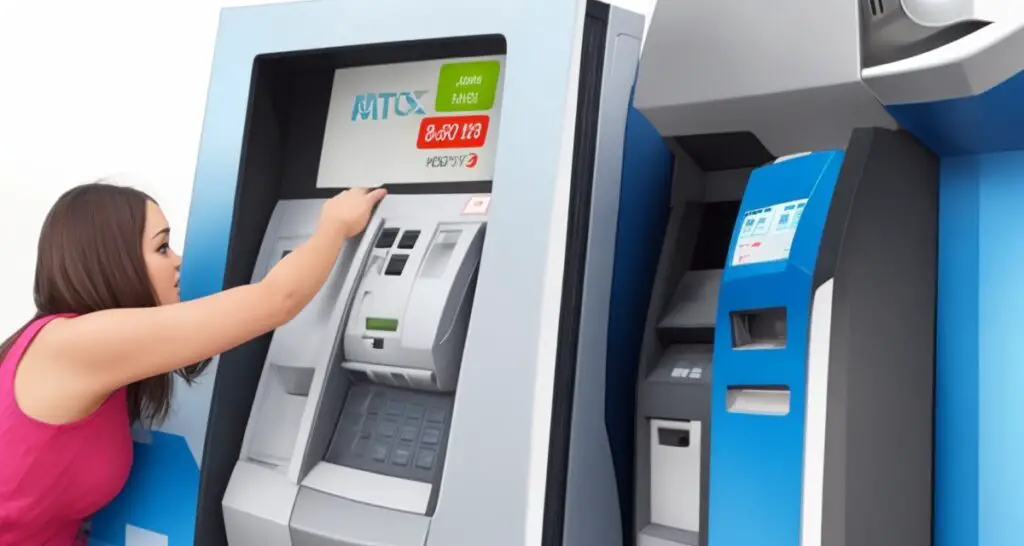
Real-World Examples of ATM Costs and ROI
In this section, we’ll delve into the real-world scenarios that illustrate the expenses associated with ATM ownership and the returns on investment. By examining actual cases, you can gain a clearer understanding of what to expect when considering ATM costs and potential profits. These examples provide a practical insight into how various factors, such as machine type, location, and management, influence financial outcomes.
Success Stories and Challenges
Discover inspiring success stories and the challenges faced by businesses and individuals who have ventured into the world of ATMs. We’ll showcase instances where smart investments in ATM machines have yielded substantial profits. Additionally, we’ll highlight the hurdles some have overcome on their journey, shedding light on the strategies that led to their success and how they tackled obstacles along the way. These real-life accounts will provide valuable lessons and insights to guide your own ATM ventures.
Conclusion
In this comprehensive exploration of ATM machine costs, it’s essential to summarize the key insights we’ve gathered. We’ve delved into the various factors influencing ATM pricing, the breakdown of costs, financing options, hidden expenses to watch out for, and strategies to make your investment more cost-effective. Making informed decisions is pivotal, especially when considering investments in ATM machines.
We’ve equipped you with the knowledge needed to assess your options wisely, whether you’re a business owner, a financial institution, or an entrepreneur. By understanding the nuances of ATM costs, you can make choices that align with your financial goals and business strategy. The landscape of ATM pricing is continually evolving. With advancements in technology and shifts in consumer behavior, the future of ATM pricing promises innovation and adaptation.
Stay tuned to emerging trends and developments in the world of ATM machines, as they will undoubtedly impact your decisions and opportunities in this dynamic industry.
FAQs
How Much Does an ATM Machine Cost?
The cost of an ATM machine can vary significantly based on several factors, including the type of machine, its functionality, and the additional features it offers. On average, basic, entry-level ATM machines can cost between $2,000 and $2,500, while more advanced models with additional features can range from $3,000 to $8,000 or more.
What Are the Ongoing Expenses Associated with ATM Ownership?
Owning an ATM involves ongoing expenses, including maintenance and repairs, connectivity and communication costs, cash replenishment expenses, transaction processing fees, and security costs. These expenses can collectively add up to around $100 to $300 per month, depending on the ATM’s location and usage.
Is It Cheaper to Lease or Buy an ATM Machine?
The decision to lease or buy an ATM depends on your specific circumstances. Leasing an ATM typically involves lower upfront costs but may result in higher overall expenses over time. Buying an ATM may have higher initial costs but can be more cost-effective in the long run. Evaluate your budget and long-term plans to determine the most suitable option for your situation.
Are There Hidden Costs Associated with ATM Ownership?
Yes, there are hidden costs to consider when owning an ATM. These may include compliance and regulatory expenses to meet legal requirements, insurance costs to protect your investment, and currency conversion and foreign transaction fees if your ATM is frequently used by international visitors. These costs can vary, so it’s essential to factor them into your budget.
What Are Some Strategies to Minimize ATM Costs?
To minimize ATM costs, consider negotiating with suppliers to get the best deal on your ATM machine. Implement cost-efficient maintenance practices to reduce repair and servicing expenses. Additionally, devise smart ATM surcharge strategies to help offset operational costs and boost your profitability. By being proactive in these areas, you can optimize your ATM investment.
